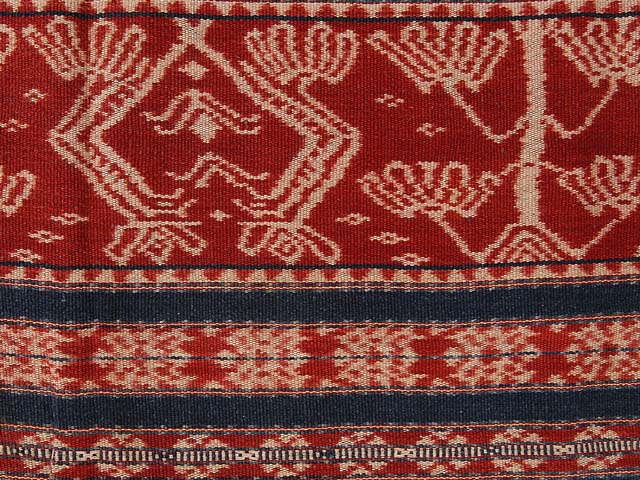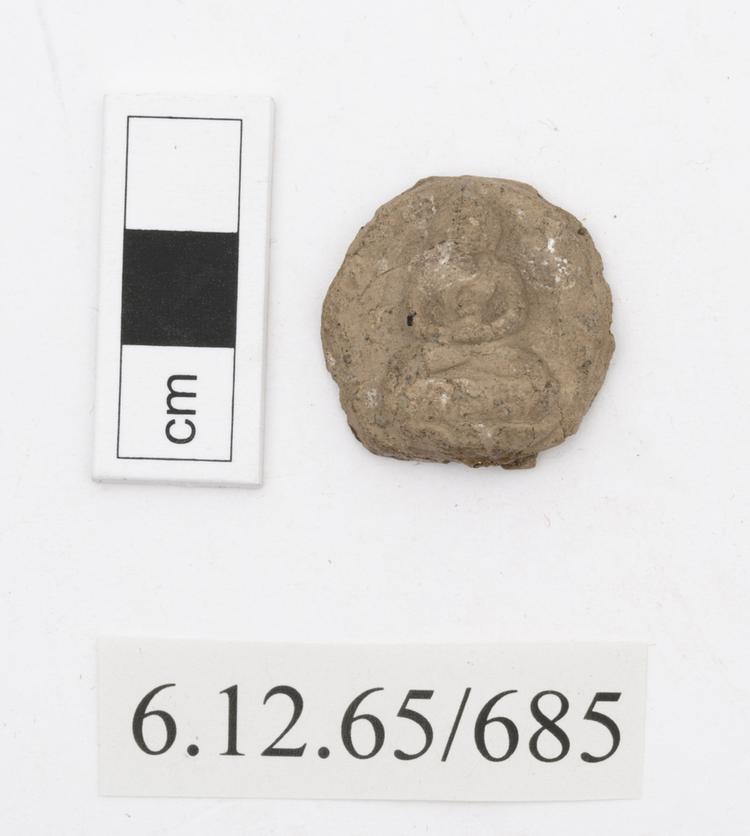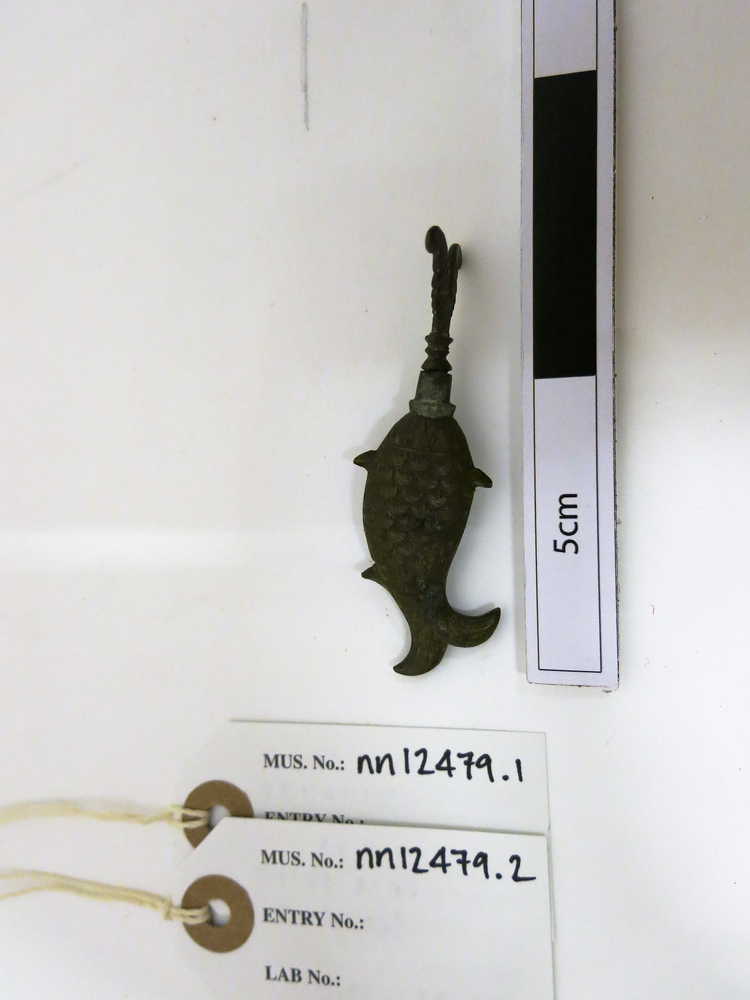
A woman's skirt made from cotton and dyed with vegetable dyes. The textile has been made by Ina Piga Pilo, a descendant of Beni Dimu (daughter of Dimu Kore and Wahi). The cloth is made in two sections and sewn together at one selvedge; one section is the mirror image of the other. The fabric is mainly warp-faced ikat. The patterning is described as it was woven (as stripes) rather than as worn (as bands). All ikat stripes have cream patterns on a red ground. There are two solid blue stripes next to the main ikat stripe. The main ikat stripe contains the motif called 'leba' meaning 'crown'. This is framed by the motif 'ru wengu' which means 'cotton leaves'. There is a set of narrower stripes with ikat motifs at either end of each section. The one closest to the join contains narrow black and white patterned stripes, known as 'raja bunga'. The 'raja' stripes are created using a floating warp. The dyes used are indigo (blue-black) and Morinda citrifolia (red).


































































































































































































































































































































































































































































































































